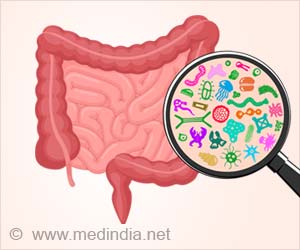Research from Thomas Jefferson University is laying the foundation for a genetic test to accurately identify hip dysplasia in newborns so that early intervention can

Interventions such as the Pavlik harness gently position the baby's hips so that they are appropriately aligned in the joint and the hip joint is secure, facilitating normal growth and development. "We know that DDH has genetic and environmental factors. Moreover there are certain pockets of high prevalence in Japan, Italy and Mediterranean countries," says Dr. Feldman. A large 72-member, four-generation Utah family affected by DDH in most generations—one of the largest documented families showing inter-generational transmission of DDH— was approached by Jefferson researchers and their colleagues at the University of Utah to participate in this study. Among the members of the family – who the researchers tested at a family reunion - 11 had three or more signs of DDH and were considered to be unequivocably affected.
Thirteen individuals had one or two signs of DDH and a questionable diagnosis. DNA analysis showed a mutation co-inherited by all affected family members. This variant is a genetic mutation on chromosome 3 in a chemokine receptor which functions as a receptor for a chemical messenger that may affect the maturation of cartilage forming cells, possibly delaying their development. Even some of those who had fewer signs of the disease were also found to have the disease variant.
"The lack of overt signs of DDH among some members of the family who transmitted the DNA variant is understandable in light of the fact that DDH is a complex disorder with genetic, epigenetic and environmental causes," says Dr. Feldman. Environmental risk factors include breech presentation at birth, low levels of amniotic fluid during pregnancy and bearing only one child. Feldman thanks the family for helping the researchers better understand the genetics of DDH in order to help protect future generations from the disease. "Their contribution was essential to our research and has advanced the study of DDH," he says.
The genetic mutations complete effect on the development of the acetabulum in DDH patients is currently under investigation in animal models. In addition, further testing of the overall DDH population is being performed to determine the prevalence of this mutation.While this study shows a significant genetic risk factor shared by family members, it is not yet clear how this translates to the rest of the affected DDH population, but it has allowed researchers to move closer to a sensitive and specific test for the genetic variants that cause DDH. "If this could be achieved," says Dr. Feldman, "It could make a huge difference for these patients later in life. We think we may have found a clue to DDH susceptibility that has eluded the orthopedic community for a long time."
Advertisement










